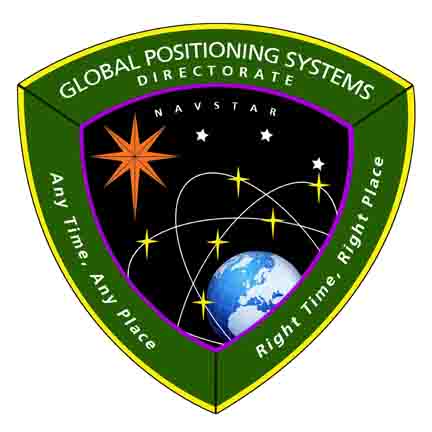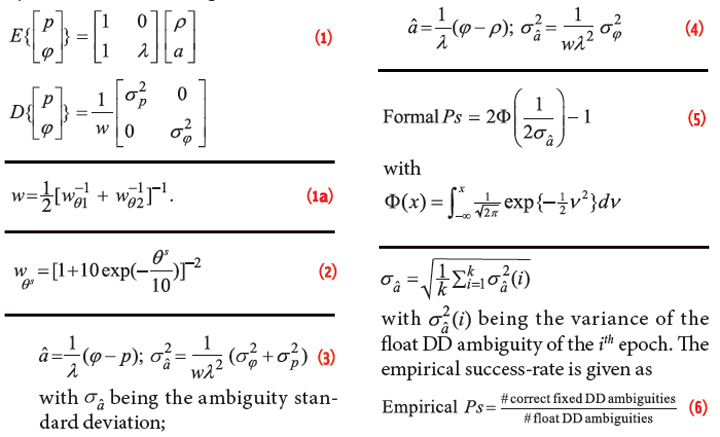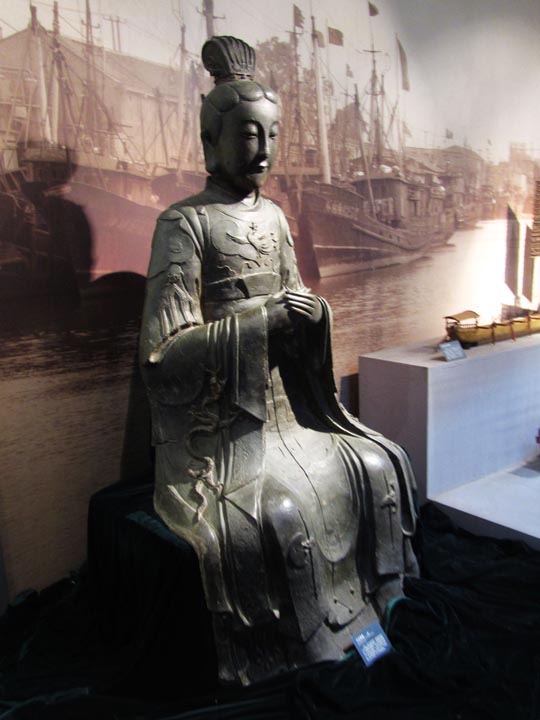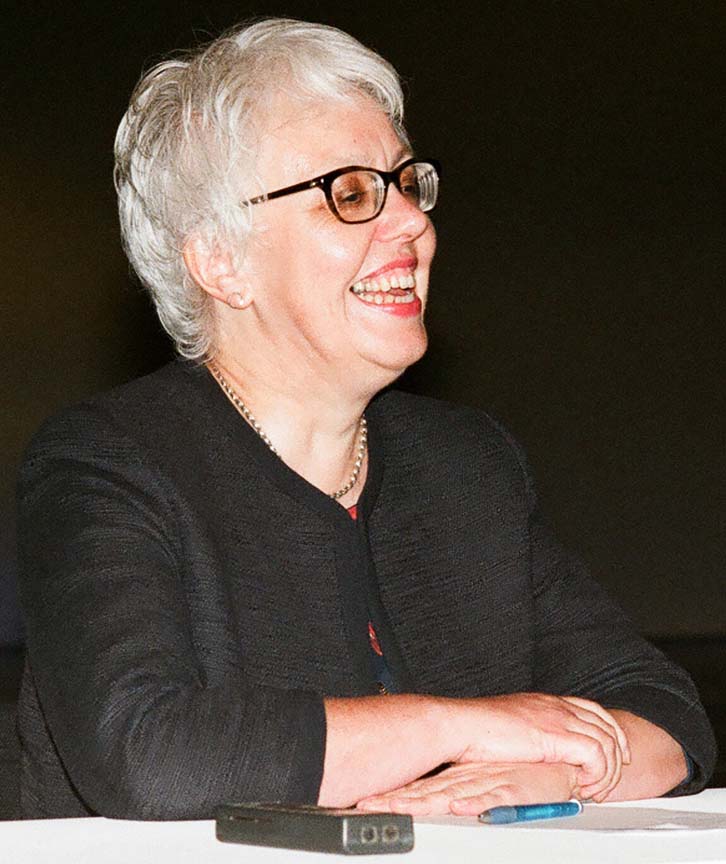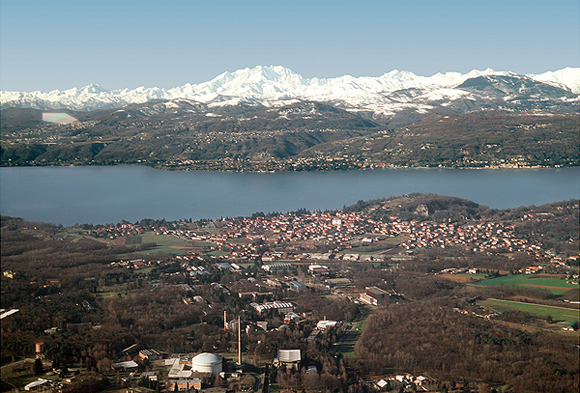GPS OCX to Halt Work September 15 unless Lawmakers Act
A lack of funds will force a shutdown in the development of the GPS new ground system on September 15 unless lawmakers act on a July request to redirect funds, according to the Air Force.
Although the doors likely would only be closed for a little over two weeks, a hiatus would add substantially to the total cost of the GPS Next Generation Operational Control System (OCX) and further delay completion of the already behind-schedule program, the Pentagon has told lawmakers.
By Inside GNSS




